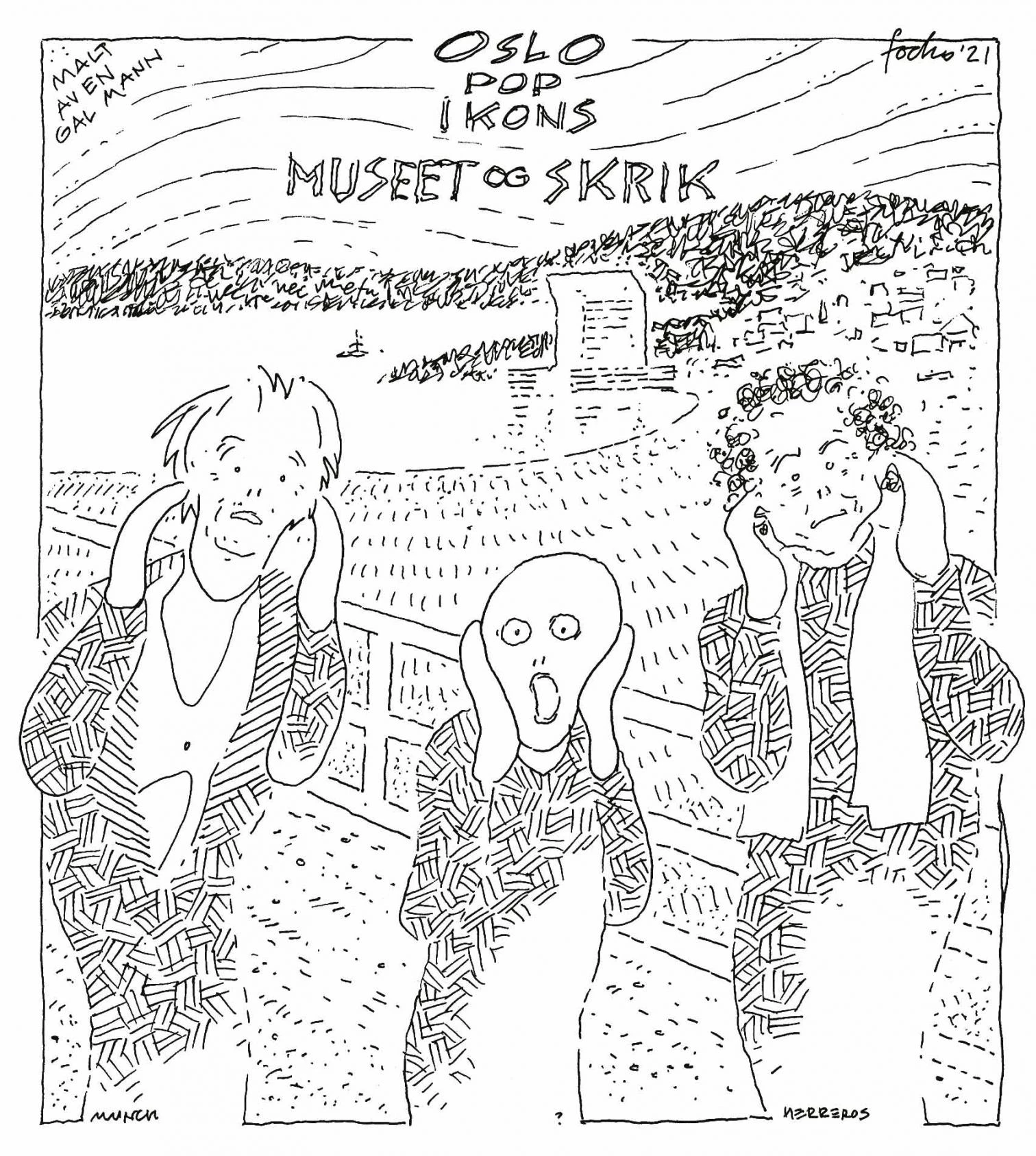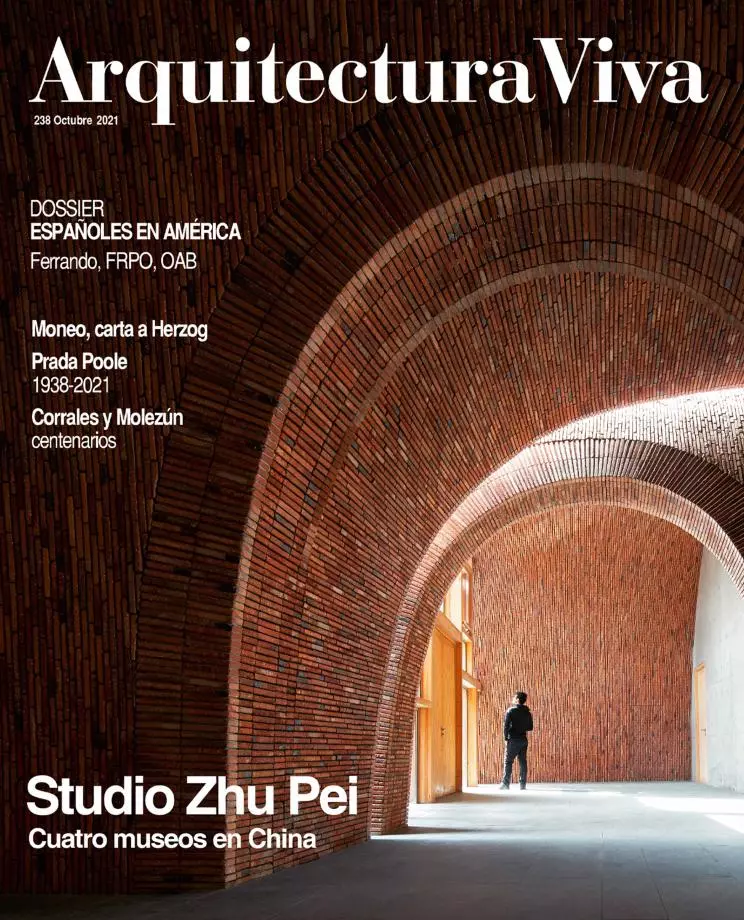
“Can only have been painted by a madman.” Edvard Munch penciled this phrase on The Scream, the very famous, disturbing work showing the fjord of Oslo in the background: the same place that is the site of the city’s new icon, the Munch Museum, built by Juan Herreros.
Conceived from the start as a landmark to accentuate the natural landscape of the fjord and the artificial tableau of the Oslo Opera House, the museum extends its severe, elegant lines on a civic base, to then rise – still severe and elegant but also expressonistic – as a volume that wraps itself in an aura of atmospheric reflections and dramatically takes a bow on top. This radical expressionism works very well with the moderate character of Nordic culture, but also with the expressionism of Munch paintings, which are so exceptional in the context of European art.
Typologically, the building is a display of inventive ingenuity: far from restricting itself to the usual schemes – the linear organization of a series of white boxes – it proudly shoots upward, harnessing escalators as a powerful ascending element that culminates with the impressive lookout over the Norwegian capital. Along the way, while journeying through the strata of Munch’s oeuvre, the visitor is treated to the different layers of the city.
The opening of the Munch Museum – in the wake of a long and complex process that began with the architect’s placing first in the international competition called for the purpose – is great news for Norway, but also for a currently rather downcast world of Spanish architecture.






